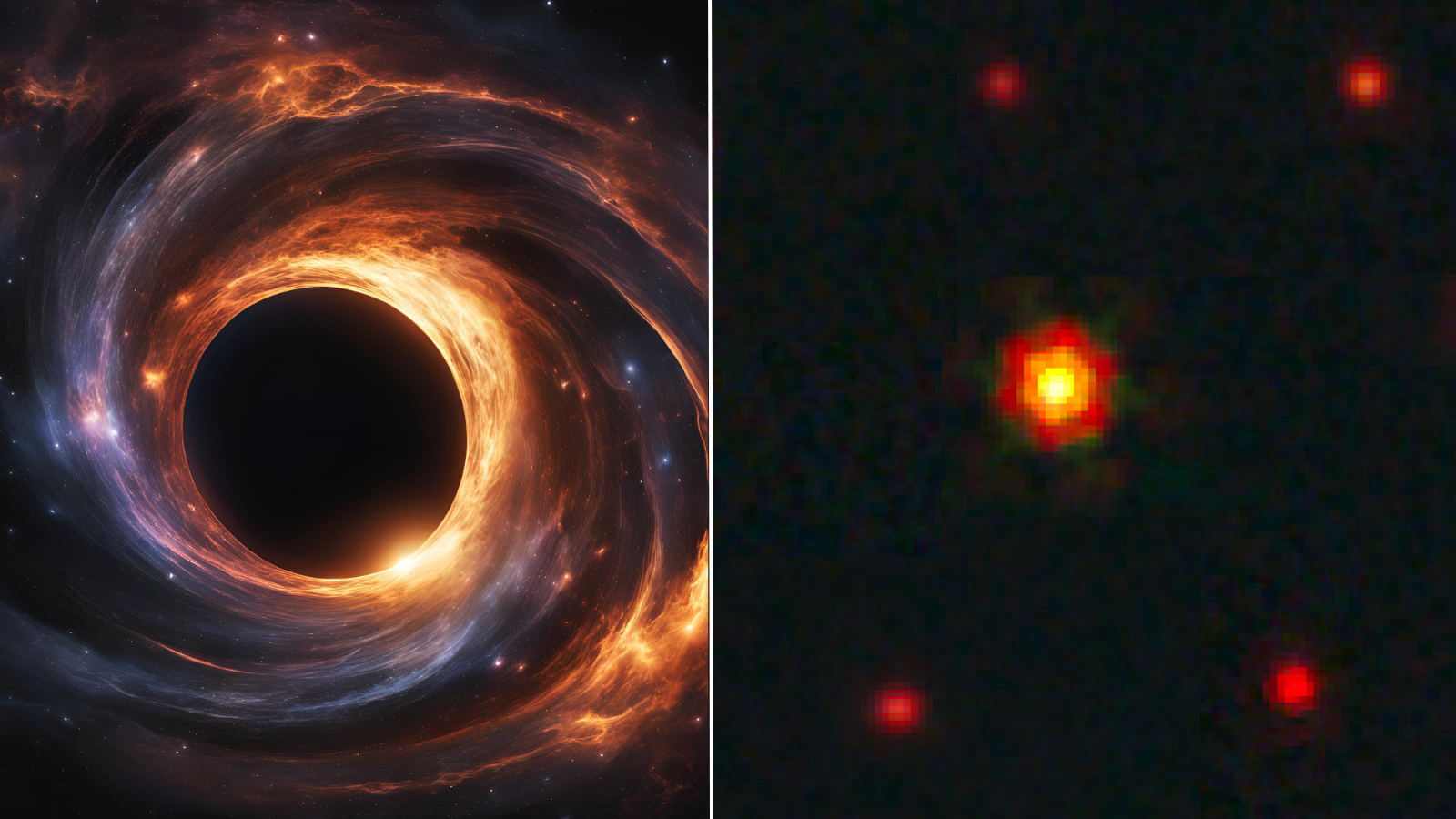The James Webb Space Telescope (JWST) has once again dazzled astronomers by spotting something truly cosmic—a massive ‘big red dot’ in the far reaches of the ancient universe. Scientists have named this ravenous supermassive black hole ‘BiRD’, and it’s already stirring up excitement in the astrophysics community. This discovery is more than just another pretty space picture; it provides a glimpse into the mysterious early days of our universe.

With the JWST’s advanced capabilities, researchers can now observe cosmic phenomena that were once hidden in the cosmic fog. ‘BiRD’ stands out not only because of its catchy name, but also because it represents a class of objects that scientists never expected to find so early in the universe’s history. The telescope’s keen eye is helping us peer back in time, uncovering secrets about how galaxies and supermassive black holes formed.
Why is ‘BiRD’ so important?
BiRD is a supermassive black hole hungrily devouring its surroundings, making it a key piece in the puzzle of cosmic evolution. Each new discovery like this helps us understand how the earliest parts of the universe worked—and what surprises might still be lurking out there. Honestly, if you thought your Monday morning was intense, imagine being a black hole swallowing entire stars for breakfast!
Sources:
Source